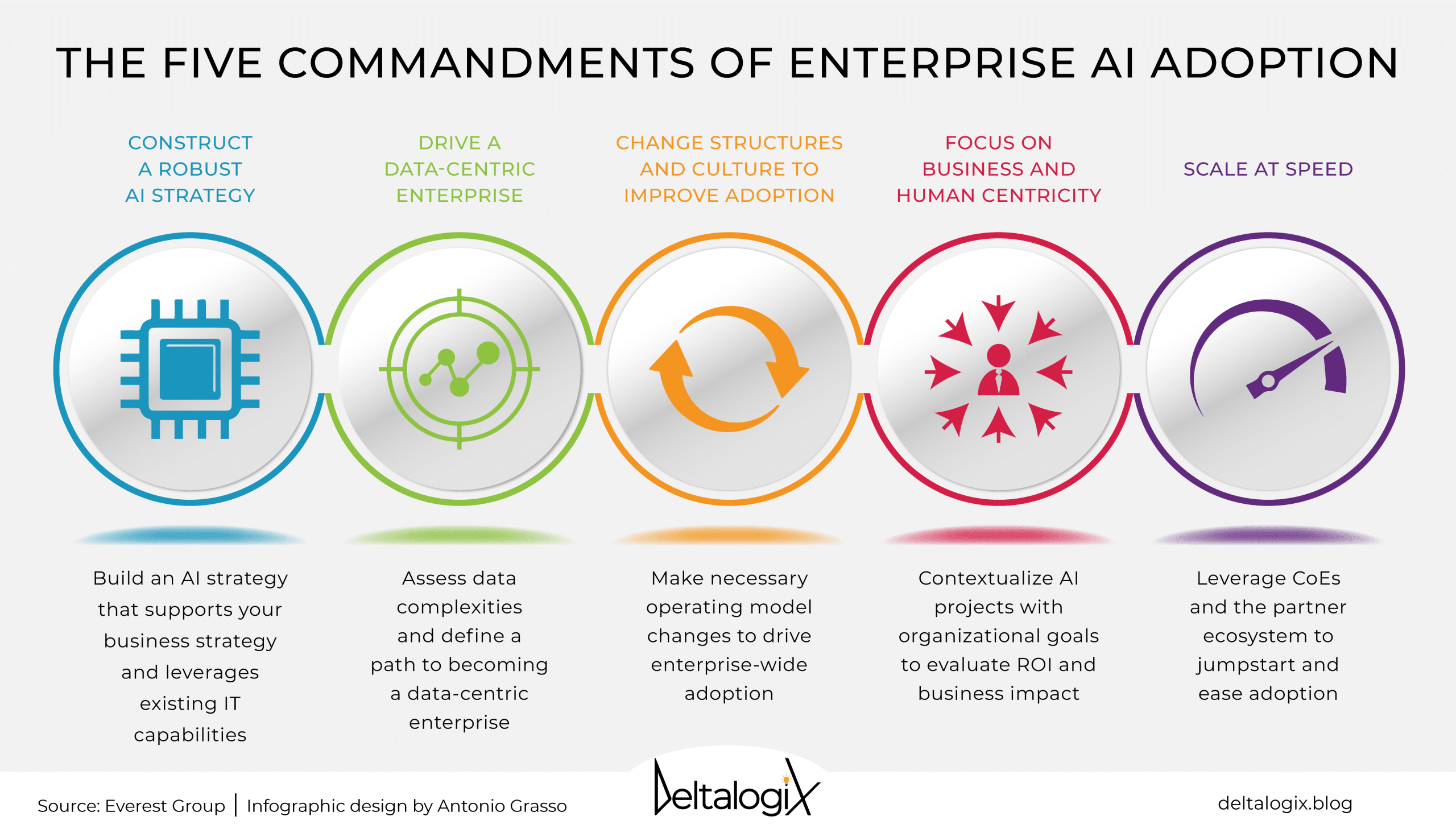
Enterprise AI Model Evaluation: Key Insights and Strategies
Enterprise AI Model Evaluation: Actual Data Insights
Enterprise AI model evaluation involves a comprehensive approach to ensure that AI models meet end-user requirements, perform specific tasks effectively, and maintain safety for both users and organizations. Here are some key insights from actual data and methodologies used in enterprise AI model evaluation:
1. End-User Needs Analysis
Leading AI development teams begin model evaluation by analyzing end-user requirements. For example, when designing an AI assistant for investors, it's crucial to understand whether users prefer transaction histories in tables or bulleted lists. Skipping this step can lead to low adoption rates and project abandonment.
2. Foundation Model Selection
Selecting the right foundation model is critical. For instance, when evaluating LLMs for an investor assistant, high-level benchmarks like average response quality may not be sufficient. Instead, evaluating error frequency and severity provides a clearer picture of model performance. In one case, Model 3 was chosen over Model 2 due to fewer dangerous errors, despite a higher overall error rate.
3. Error Analysis and Training Data Strategy
Drilling down into error types helps inform training data strategies. For example, a model producing illegal advice or evasive responses requires complex human data to correct, whereas spelling and grammar errors can be fixed with low-cost synthetic data. This approach can significantly reduce harmful content and training data needs by up to 95%.
4. Safety and Compliance Evaluation
Evaluating AI models for safety involves testing for harmful content, policy violations, and data protection. For instance, an investor assistant model should be tested for hallucinations, identity assumption risks, and personal identifying information (PII) leaks. Regression analysis can also validate the strength of investment advice dispensed by the model.
5. Holistic Evaluation Benefits
A holistic evaluation strategy not only improves model performance but also reduces training data requirements. In one case, a client reduced harmful responses by 97% with only 4,000 rows of data, compared to the initially estimated 100,000 rows.
Key Metrics and Methods
- Confusion Matrix: Provides detailed insights into model performance, including accuracy, precision, recall, and F1 score.
- Cross-Validation: Ensures reliable performance estimates by partitioning data into training and testing subsets.
- Diversity Score: Measures the variability and creativity of generative model outputs.
- Hallucination Rate: Tracks the frequency of false or fabricated information generated by the model.
- Regression Analysis: Evaluates predictive capabilities using metrics like mean squared error (MSE) and mean absolute error (MAE).
For more detailed insights, refer to the Ultimate Guide to Enterprise AI Model Evaluation.

